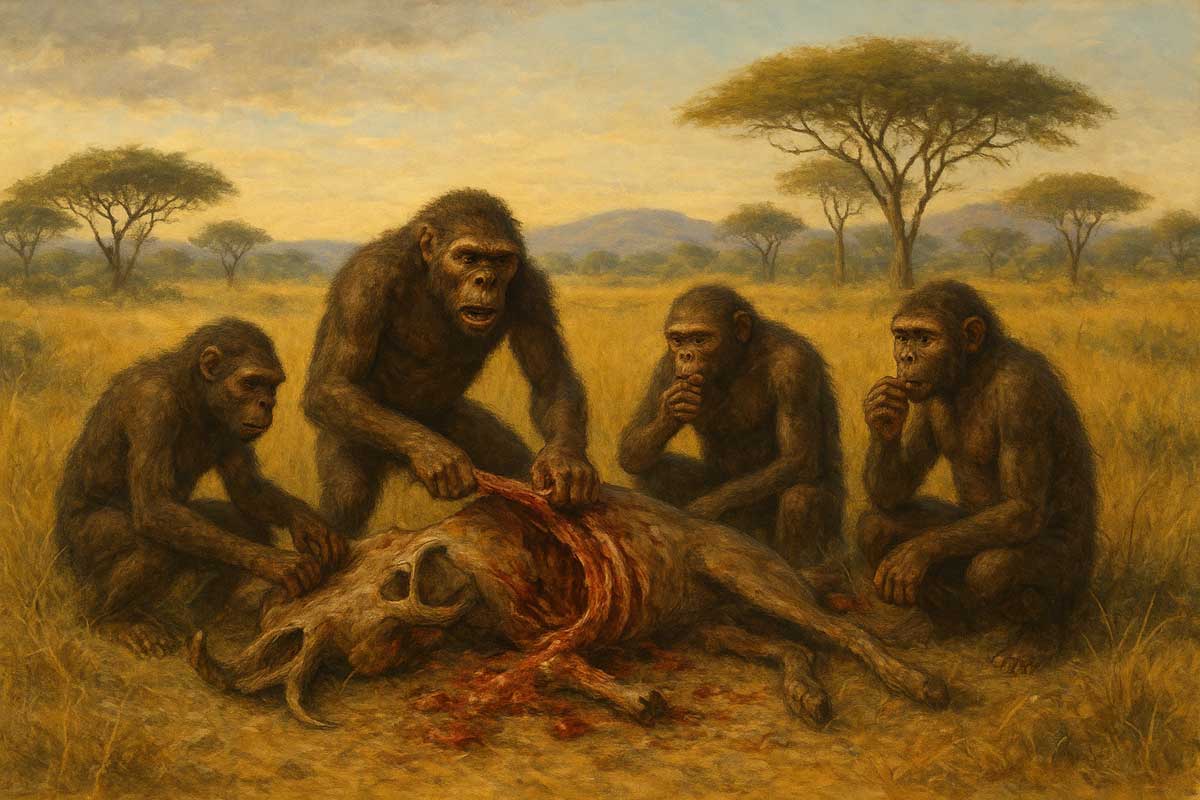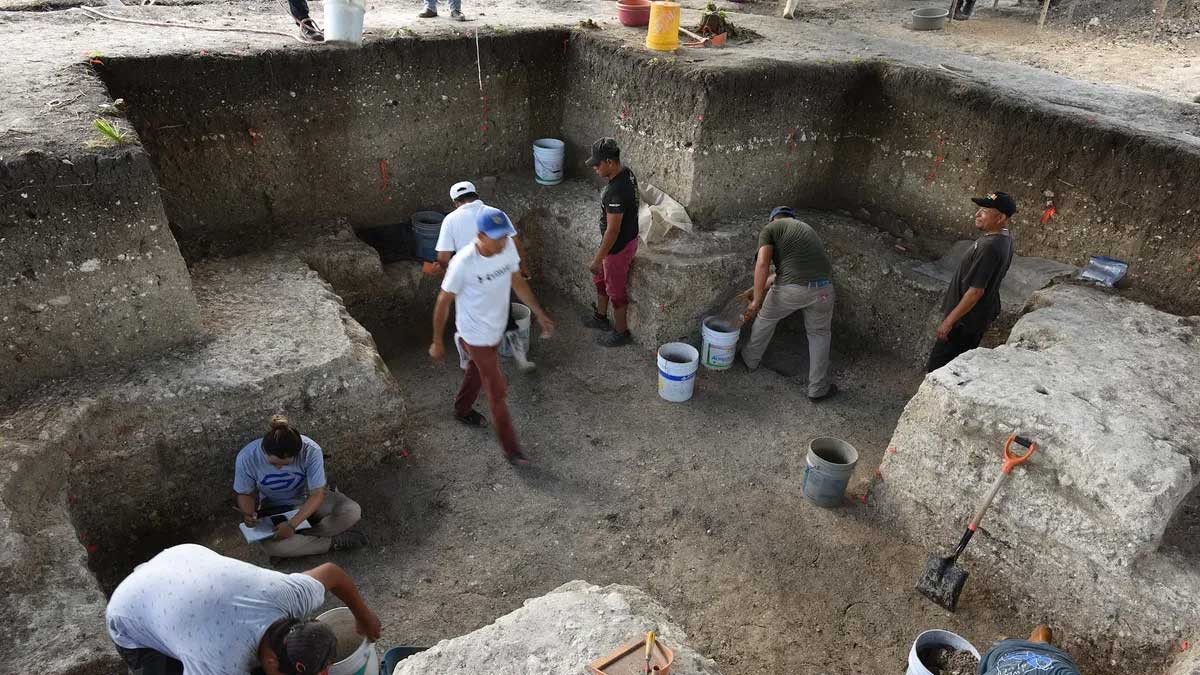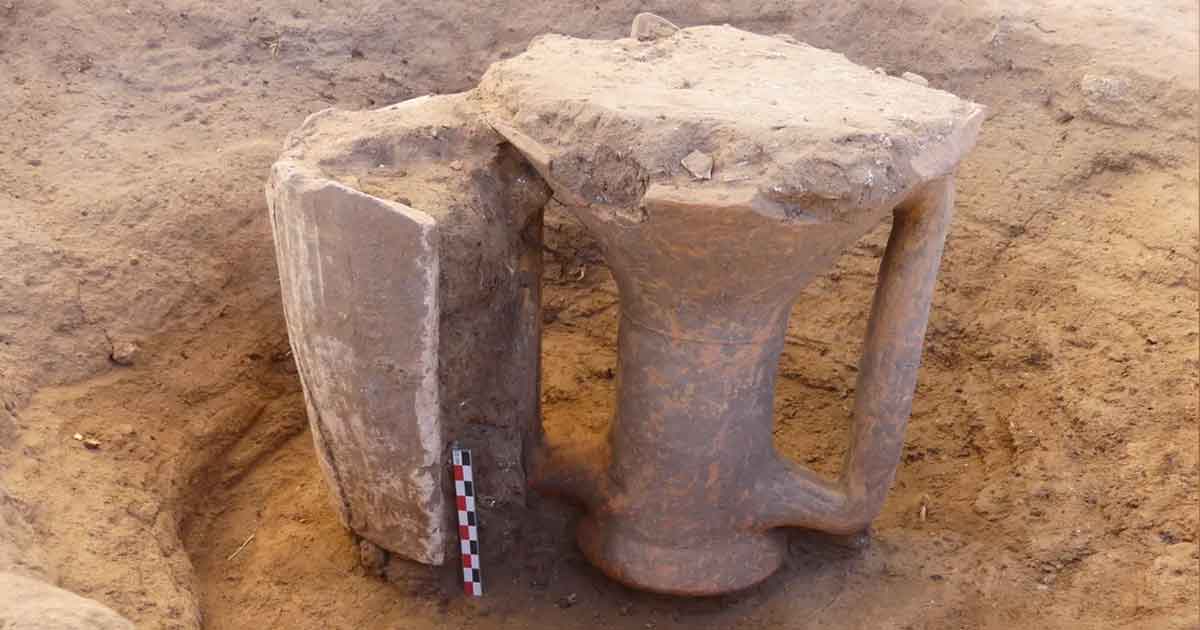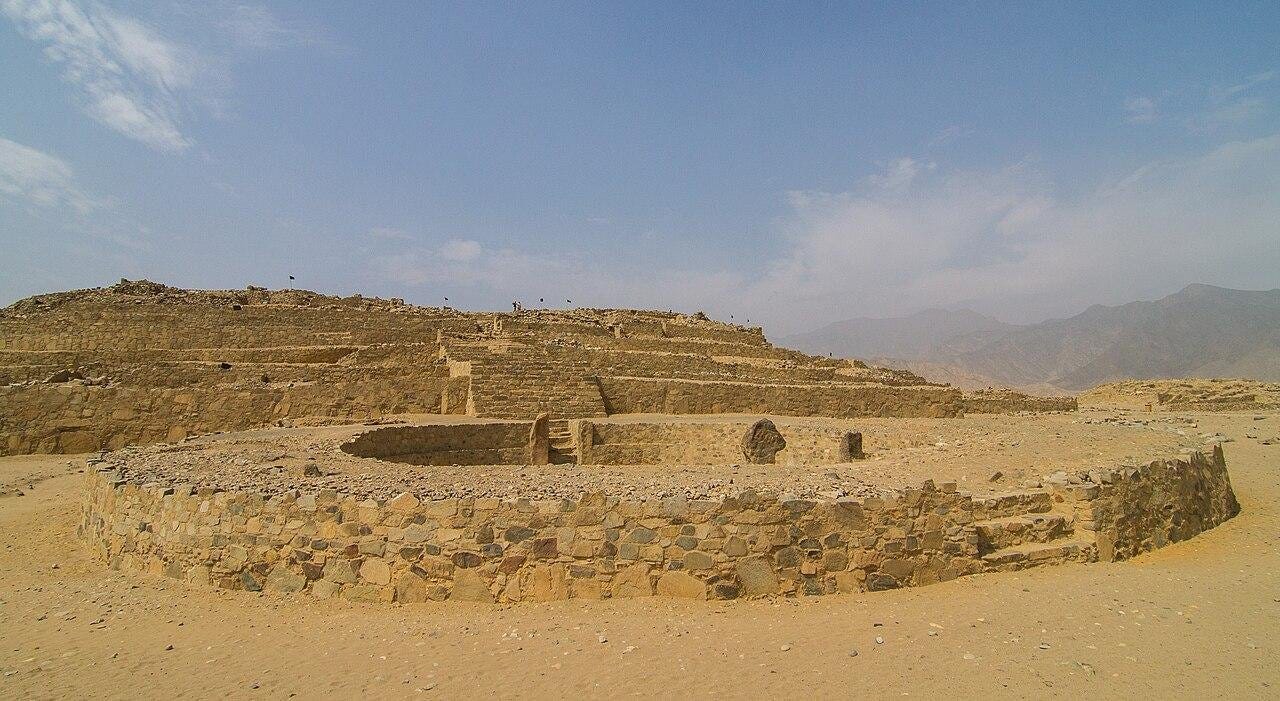We may have grown up thinking it was true, but Columbus was not the first European to make contact with North America when he sailed the ocean blue in 1492. Norse sailors had been crossing the Atlantic for centuries by that time, but new research suggests it may have been for even longer than thought.
Not only that, but new research based on the distribution of walrus ivory, a valuable trading commodity, suggests an established relationship may have existed between the Norse traders and the Thule Inuit of the Canadian Arctic. The relationship may even predate the Thule and extend back to the Late Dorset Period, according to the paper published in Science Adviser.
The research has been able to pinpoint where Norse walrus ivory originally came from, allowing the team to draw a map of the Norse long-range hunting expeditions into the frozen north. It seems that these were both more extensive and further ranging than had been thought, extending into the high Arctic and possibly into the Canadian interior as well.
- Marcus Aurelius: A Timeless Guide to Life from the Philosopher King
- A Cut Above: Agoge, the Ancient Spartan Entry Test
This supports the belief that the Norse traded with the locals for their ivory, not only the Thule Inuit but their semi-legendary precursors the Tuniit. Believed to inhabit Canada up to around 1000 AD, much of what we know of the Tuniit comes from Thule legends who talk of an elusive culture they describe as giants.
Both the Thule and the Tuniit were dependent on the sea, and it would make sense for these cultures to have encountered the Norse hunters we now know were in the area. While it is not known how extensive the interactions were, it certainly suggests that Vikings have been travelling the frozen northern waters into North America for centuries before Columbus.
Header Image: Walrus ivory scrimshaw dated to around 1100, carved in the same fashion as the prow of a Viking longboat. New research has pinpointed where such walrus were hunted by Norsemen, revealing that their expeditions roamed much farther than previously thought. Source: Cleveland Museum of Art / Public Domain.

















Your comment is awaiting moderation.
[…] In our new study, my co-authors and I puzzle together eclectic strands of evidence in order to understand how pregnancy and the pregnant body were conceptualised at this time. By exploring such “womb politics”, it is possible to add significantly to our knowledge on gender, bodies and sexual politics in the Viking age and beyond. […]
Your comment is awaiting moderation.
Your article helped me a lot, is there any more related content? Thanks!
Your comment is awaiting moderation.
Thanks for sharing. I read many of your blog posts, cool, your blog is very good.
Your comment is awaiting moderation.
I don’t think the title of your article matches the content lol. Just kidding, mainly because I had some doubts after reading the article.
Your comment is awaiting moderation.
[…] ser justos con los observadores y comentaristas, parece que algo está pasando en la costa este de Estados Unidos. Hay una gran cantidad de drones de origen indeterminado en el cielo, y lo que están haciendo […]
Your comment is awaiting moderation.
I don’t think the title of your article matches the content lol. Just kidding, mainly because I had some doubts after reading the article.
Your comment is awaiting moderation.
[…] made. Stunning statuary in gold, jewelry made of precious stones and exotic goods such as elephant ivory from the Harappans has been found here. This was a rich […]
This is wild!